This series of articles by Jeremy Briggs covers the dummy comics that were created through the years as potential ‘modern’ versions of the original Eagle comic from the 1950s and 1960s, none of which ever made it to newsagents’ shelves. Lost Eagle and Lighting from the 1970s are here and Terra Nova from the 1980s is here, while the story moves into the 1990s with Eureka.
A fourth concept, and one that was worked on over the course of some eight years, was created by Ocean Interpol’s creator, and former Eagle editor, Derek Lord – and while it came to be called Eureka, that wasn’t its initial title.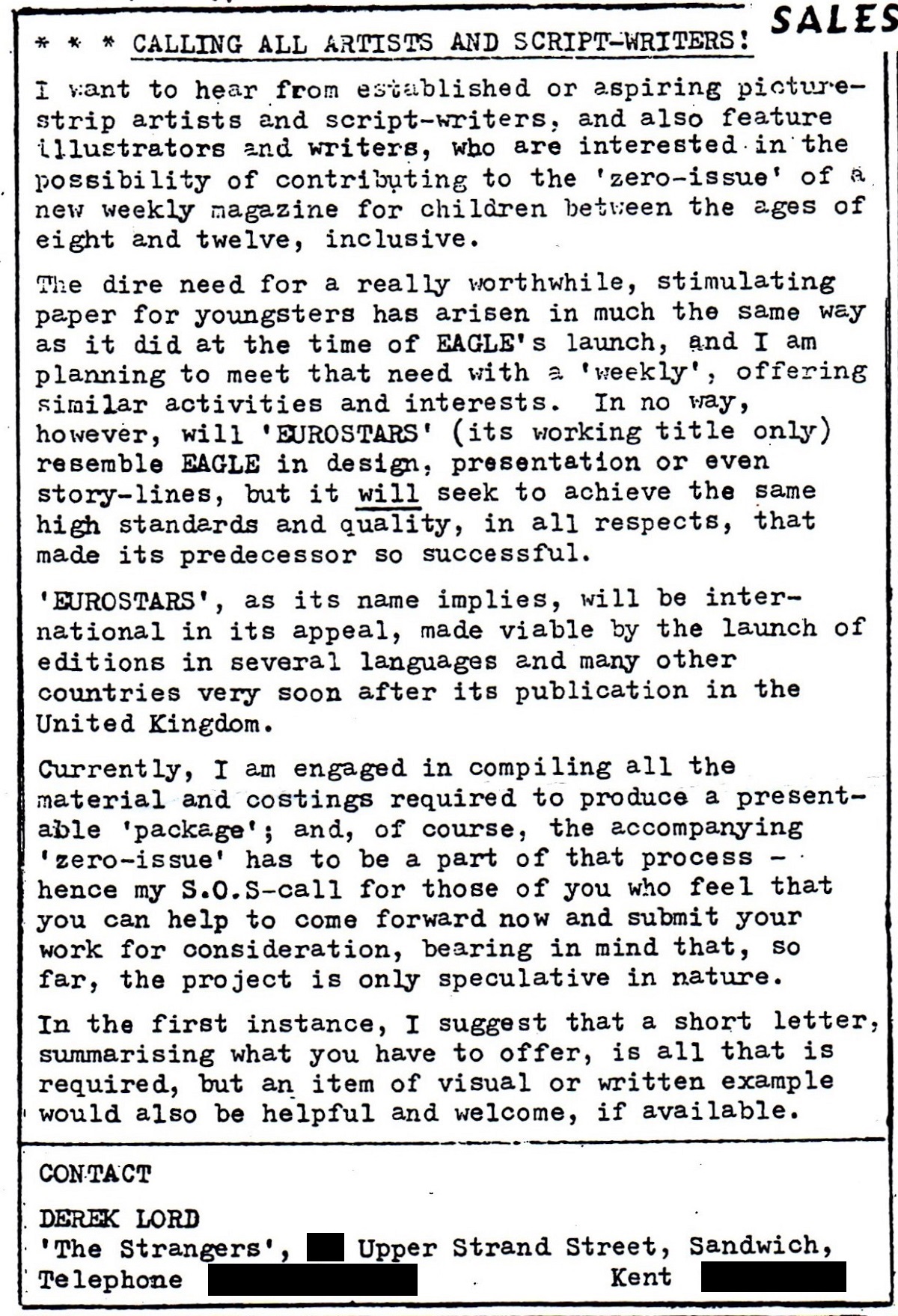
The earliest known mention of what would become Eureka is in an Eagle Times Supplement, a sales and clippings pamphlet that came with the Eagle Society’s main magazine, which is undated but is believed to be from 1996. In this, Derek put out a call for artists and script-writers “who are interested in the possibility of contributing to the ‘zero-issue’ of a new weekly magazine for children between the ages of eight and twelve”.
Derek went on, “The dire need for a really worthwhile, stimulating paper for youngsters has arisen in much the same way as it did at the time of Eagle’s launch and I am planning to meet that need with a ‘weekly’, offering similar activities and interests.”
The piece refers to the new publication as EUROSTARS (all in capitals) but notes that this is “its working title only”. It does go on to say, “EUROSTARS, as its name implies, will be international in its appeal, made viable by the launch of editions in several languages and many other countries very soon after its publication in the United Kingdom.”
By the time of the publication of its dummy issue some two years later, EUROSTARS had become Eureka, while the age range mentioned in this initial call to arms would remain the consistent target audience for Eureka throughout its existence.

The printed dummy for Eureka, which was subtitled “The Young World Weekly”, was dated Spring 1998 and while it said on the cover “Zero Issue – Not For Sale”, it did have a £1 price printed on it at a time when 2000AD was £1.20. It was 32 pages long but was actually the same 16 pages printed twice, effectively as one 16 page comic placed inside the other, presumably to show prospective publishers what a 32 page version would feel like.
This time the “Ocean Interpol” story had a title, ‘Triangle Of Terror’, and while having no credits other than the artist’s initials of “-WMS-”, the strip was written by Jim Bond and illustrated by Spaceship Away’s Bill Storie. A supertanker is attacked from the air near Bermuda as a submarine surfaces close to it. The tanker’s captain radios a distress signal that is picked up by Ocean Interpol headquarters and their Skywatch observation shuttle in Earth orbit. An OI interceptor is launched and drops an Aqua Pod submarine near the tanker to investigate but it is hit by a missile.
Jim Bond was the son of Geoffrey Bond, the writer of the original Eagle’s “Luck Of The Legion” strip, and he retained the futuristic technology of the Terra Nova version, if in a slightly more Gerry Anderson style format. Indeed, Bill Storie’s dramatic page compositions are reminiscent of Frank Bellamy’s work on the Gerry Anderson comic TV21, although let down on the printed page by oversaturated colours and the placing of the text boxes and speech balloons which left much to be desired – both issues beyond the ability of the artist to control.
Whilst nothing happened with the comic, Jim and Bill did go on to work on a film treatment for “Ocean Interpol” which was rejected as being too expensive a film to produce.
“Hadrian’s Heroes” was short 1 page colour humour strip set at Hadrian’s Wall during the Roman occupation and was signed by Gordon Matthews as “GM”. Unfortunately, Gordon died before the dummy issue saw print.
“Show Horse Rustlers” was a one page colour adventure strip set in a stables where one of the horses was being stolen, with art in a realistic and dynamic style by Beano’s Nigel Parkinson although, like “Ocean Interpol”, it suffered from having the text boxes and speech balloons poorly positioned on the page.
Not typical of Nigel’s modern Beano work, he openly admits to having swiped panels from artist Mike Noble’s artwork in Look-In when Derek Lord asked him for “anything” that wasn’t humour. Derek wrote and added the text and while Nigel did produce a second (preceding) page it was too late for the printing of the dummy.
Eureka retained the concept of potential European versions most notably with a two page colour strip entitled “The Adventurers”. Written and illustrated by Twinkle artist William Rudling, now best known for running the Jeff Hawke Society, this was the beginning of a longer story entitled “The Treasure Of Alpujarra” and showed a group of children, whose parents work for at the European Union headquarters in Brussels, getting ready to go on a climbing holiday in Granada in Spain but, as they set off to the airport, they realise that their car is being followed.
Inspired by his own holiday in Granada, William had written up a synopsis and planned for the strip to run over twelve issues. This strip does not suffer from the speech balloon problems of the other adventure strips in Eureka, possibly because with a lot of, at times educational, text to get through the boxes and balloons were probably positioned by the artist rather than by an editor.
In addition to its strip pages Eureka also had a one page text story entitled “Tales Of Java Ho!”, based on Dutch author Johan Fabricius’ 1924 novel Java Ho!: The Adventures Of Four Boys Amid Fire, Storm And Shipwreck, plus a selection of educational text articles – two pages featured the National Cycle Network, one page was entitled “World Of Animals”, while a centrespread entitled “Adventures On Sea And Air” featured artwork and text on the cancelled X-33 / VentureStar reusable spacecraft, and using painted artwork by original Eagle’s Roy Cross, to inform the readers about HMS Bounty, USS Constitution and Lindberg’s Spirit Of St Louis plane.
There was also a one page feature on Olympic medallist and TV presenter Kriss Akabusi, a one page Cartoons and Jokes page with a half page French cartoon by William Rudling and a single image of Captain Pugwash (a character originally created for the very first issue of Eagle in 1950) looking at a copy of Eureka by his creator John Ryan and dated 1997.
The issue also had two pages aimed at potential publishers, one of which listed “20 advertisers who will benefit from booking space” which included sellers of sports gear, holidays and sweets as well as the more obvious TV and films, and an editorial page signed by Derek Lord as “Consultant Editor” which stating that it was printed by Headley Bros Ltd at The Invicta Press, Ashford, Kent.
This editorial page emphasised the title’s educational values and the possibilities for European editions as well as ending, “with its blend of carefully selected serial stories and information, Eureka should soon establish itself as a happy weekly habit for a generation of young children.”
There was even a second go at the cover with cutaway artist Graham Bleathman taking on the same Ocean Interpol story.
Despite all this, nothing came of this version of Eureka – however there was to be a second phase to the Eureka story.
REPLACING EAGLE – READ THE SERIES
• Introduction – How do you write about Comics That Were Never Published? • Lost Eagle and Lightning • Terra Nova • The first Eureka • Eureka Revived
FURTHER READING
• Graham Bleathman – grahambleathman.co.uk/index.htm
• Nigel Parkinson – nigelparkinsoncartoons.blogspot.co.uk
• William Rudling – williamrudling.co.uk
• Bill Storie – Sci-Fi Art Now interview on downthetubes
With thanks to Graham Bleathman, Ray Carnes, John Freeman, Nigel Parkinson, William Rudling, Richard Sheaf, and Bill Storie.
News, reviews, interviews and features for print and on-line: Spaceship Away (since October 2005), Bear Alley (since February 2007), downthetubes (since June 2007), and Eagle Times (since October 2008). Plus DC Thomson’s The Art Of Ian Kennedy, Titan’s Dan Dare and Johnny Red reprints, Ilex’s War Comics: A Graphic History and 500 Essential Graphic Novels, and Print Media’s The Iron Moon and Strip magazine.
Categories: British Comics, Creating Comics, downthetubes Comics News, downthetubes News, Featured News
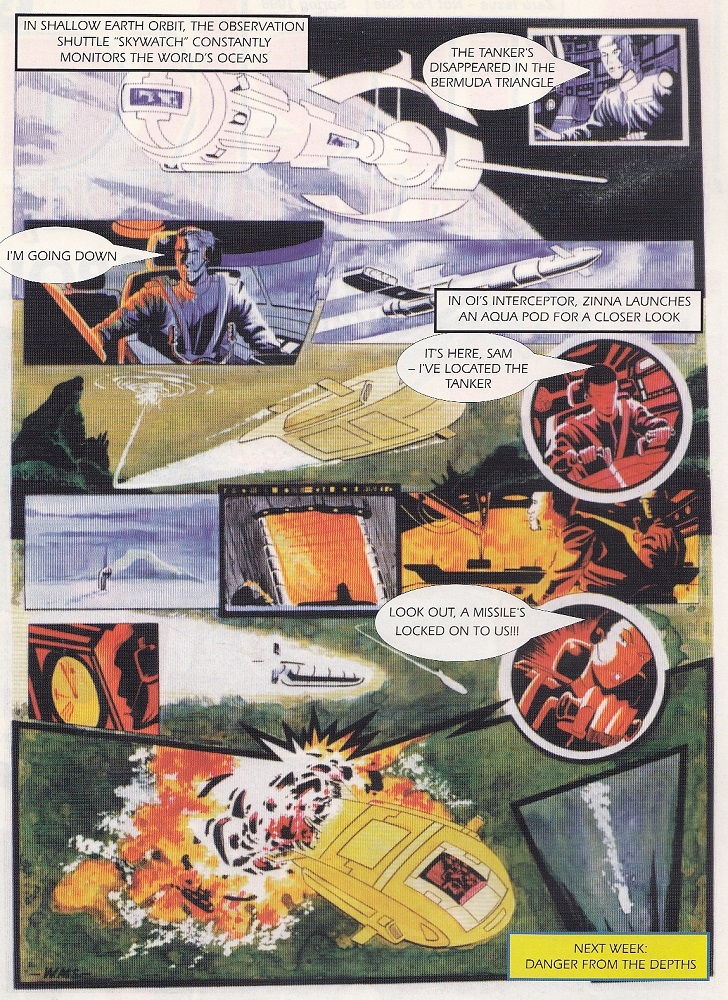
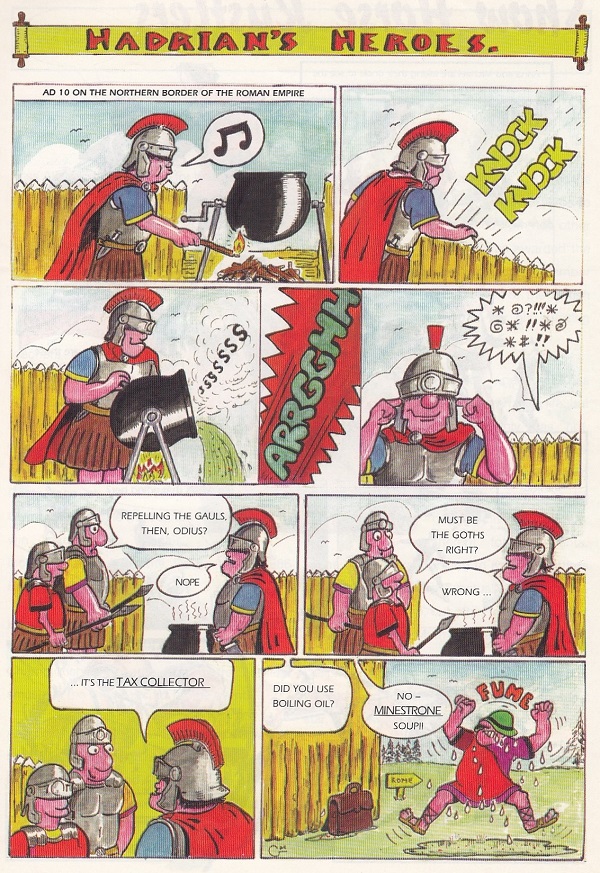
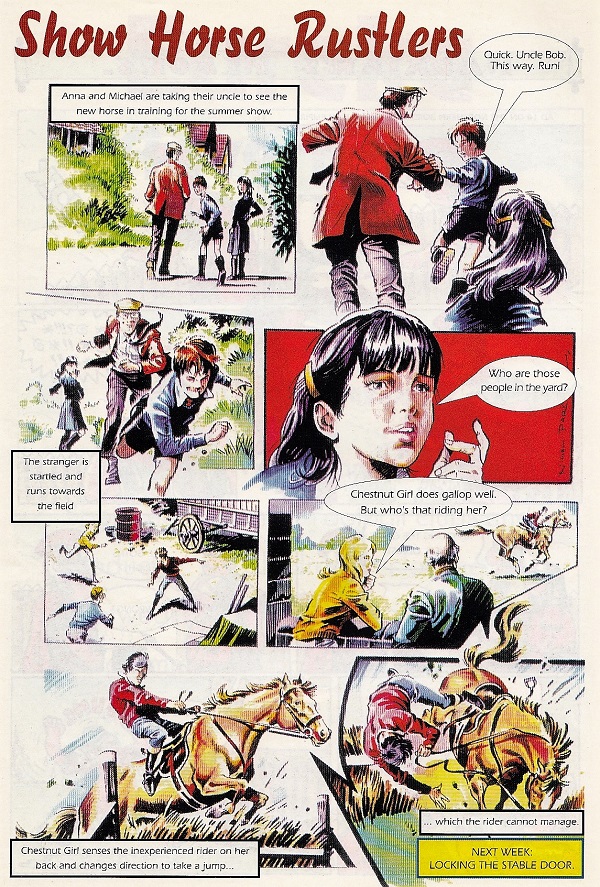
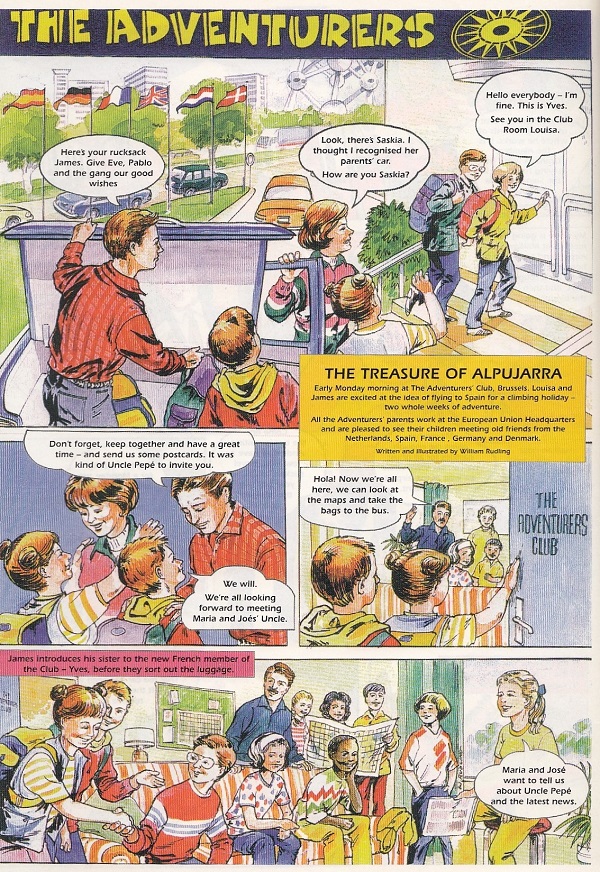
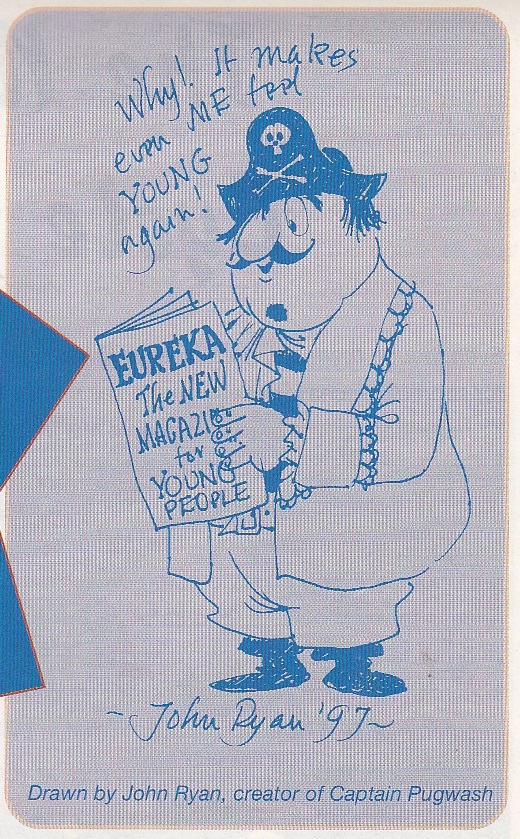
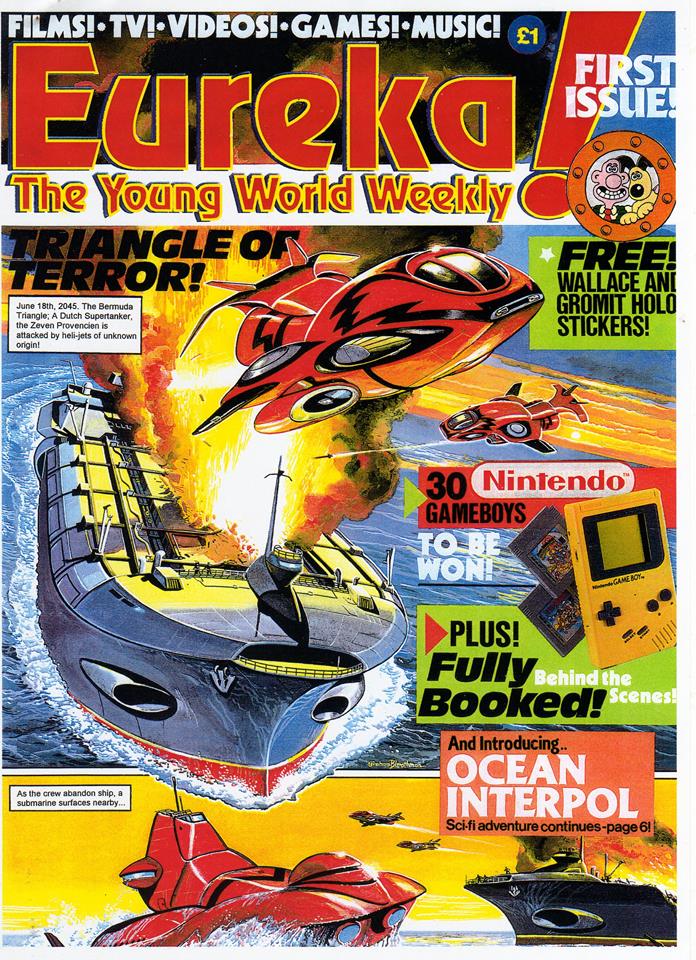
 Rebellion announces new Battle Action mini series – our guide to the returning strips
Rebellion announces new Battle Action mini series – our guide to the returning strips 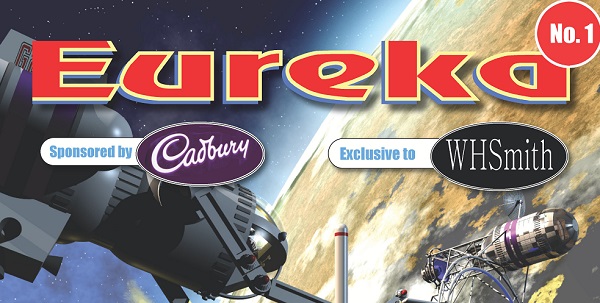 Replacing Eagle: The Comics That Didn’t Make It – Part 4 Another Eureka
Replacing Eagle: The Comics That Didn’t Make It – Part 4 Another Eureka 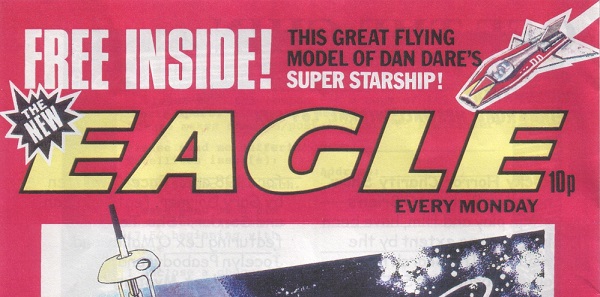 Replacing Eagle: The Comics That Didn’t Make It – Part 1 Lost Eagle and Lightning
Replacing Eagle: The Comics That Didn’t Make It – Part 1 Lost Eagle and Lightning